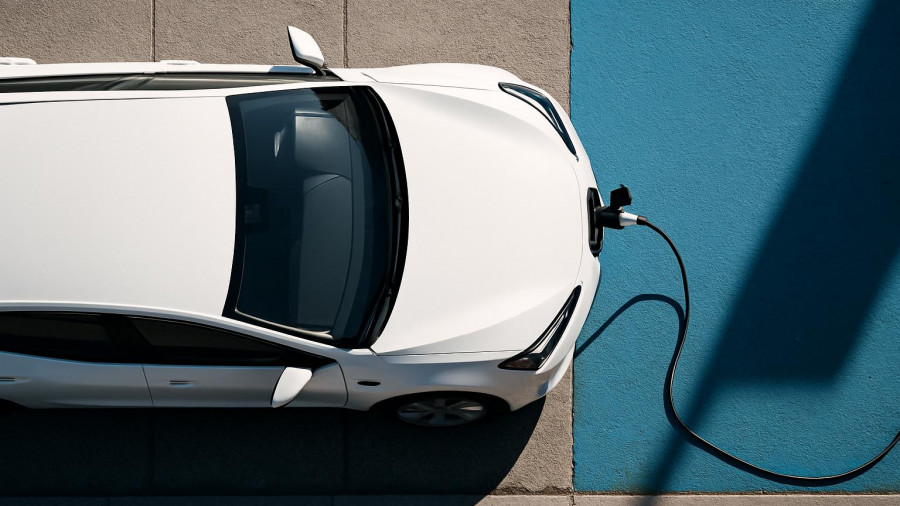
Understanding the Reality of Plug-In Hybrid Vehicles
The recent revelations about plug-in hybrid electric vehicles (PHEVs) unveil a stark reality: they are significantly dirtier than many consumers believed. A comprehensive study conducted by the Transport & Environment group tested over 800,000 vehicles, revealing that PHEVs emit nearly five times more CO2 than official figures suggest. This disconnection between manufacturer-promised efficiency and real-world performance raises critical concerns, particularly for eco-conscious consumers.
Eco-Friendliness Under Scrutiny
The expectation has been that PHEVs provide a cleaner, more environmentally friendly alternative to traditional gasoline vehicles. However, the findings indicate that even when drivers are diligent about charging, the vehicles often default to gas engines during common driving conditions like acceleration and hill climbs. This reliance on combustion power dramatically skews emissions ratings, making PHEVs appear cleaner in lab tests than they are in everyday use.
As reported by Autoblog, the challenges surrounding these vehicles are not due to intentional deception by manufacturers, akin to the 2015 Volkswagen emissions scandal, but rather flawed testing protocols. Current regulations use a utility factor that overestimates how much these vehicles can operate in electric mode. The ongoing increase in emissions reported between 2021 and 2023 reveals that regulatory frameworks must evolve to reflect true driving habits more accurately.
The Financial Implications for Owners
For PHEV owners, the financial ramifications of these revelations are troubling. According to the latest study, those who drive PHEVs may be spending an extra $580 annually on fuel due to the inefficiencies reported. The financial burden becomes substantial when considering that many drivers feel they should be saving on fuel costs due to their vehicles' hybrid nature.
As the Transport & Environment points out, the gap between claimed and actual emissions could lead to an 18% difference even after the implementation of stricter regulations in 2027. Thus, while regulatory changes are a step in the right direction, they may not fully close the emissions gap, further complicating vehicle ownership economics.
Considering Alternatives: The Rise of EREVs
While the PHEV is being scrutinized, there is growing interest in Extended Range Electric Vehicles (EREVs). These vehicles are engineered to operate primarily on electric power, with a smaller combustion engine used solely for charging. This design could provide a more efficient alternative to PHEVs, but concerns about operational reliance on combustion engines remain constant.
According to reports from the International Council on Clean Transportation, real-world usage statistics reveal that the operational efficiencies of PHEVs may apply to EREVs as well. The possibility of a similar disconnect between reported and actual emissions exists, which may hinder their effectiveness as sustainable options.
What's Next: Policy and Consumer Choices
In light of these findings, it's essential for consumers to critically assess their choices in hybrid and electric vehicles. Policymakers must refine regulations to ensure emissions reflect real-world conditions accurately and create real incentives for genuine transitions towards electric mobility.
Addressing the shortcomings of PHEVs should be a priority for both manufacturers and regulators. As Europe looks to lead in the global auto industry, the evolution of vehicle standards will play a key role in promoting cleaner transportation options and ultimately meeting environmental targets.
Take Action for a Sustainable Future
As automakers and governments navigate this landscape, consumers can influence the industry by demanding transparency and pushing for accountability. By supporting manufacturers that prioritize true emissions reduction and sustainability, we can help shape a cleaner, greener automotive future.
 Add Row
Add Row  Add
Add 




Write A Comment